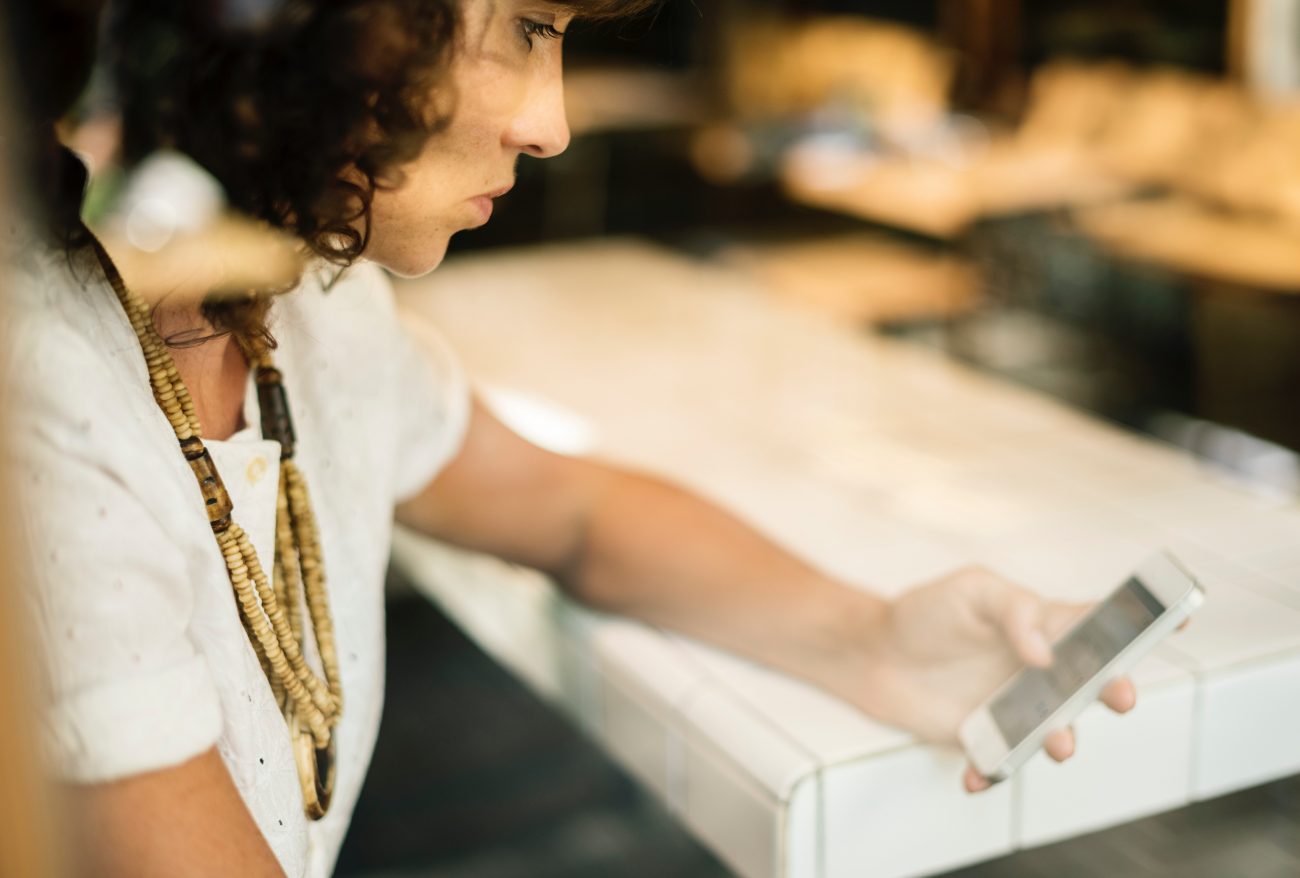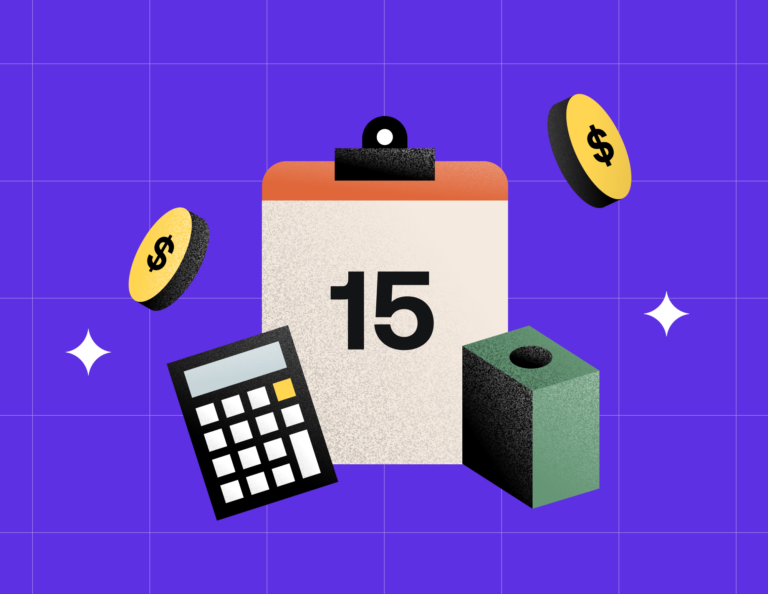
Yes, it’s that time of the year again. Tax season.
At HoneyBook, we’re passionate about helping entrepreneurs and freelancers run successful businesses stress-free—especially during taxes. Making your tax season a smooth one just takes a bit of preparation and diligence throughout the course of the year.
How many of us have gone into the months of March and April feeling great about our achievement in the previous year, only to run into a mammoth and unexpected tax bill? It’s an unsettling experience and one that hopefully reminds us to implement some of the suggestions we’ll outline below for how to file self employed taxes. And if you haven’t yet had that experience, read on for tips to ensure you never will.
1. Track your income along the way
The first step in getting through tax season is to understand how much you’ve earned throughout the year and where it came from. This involves summing up all of the income you’ve earned that was not already taxed (i.e., 1099 income). Technically, a client is supposed to send you a 1099 form at the end of the year that describes the amount of money they paid you throughout the previous year. It’s important to note that if a client doesn’t send you a 1099 form, you still owe taxes on that income.
Pro tip
Don’t wait until the last minute. Track your income along the way, either in a designated spreadsheet or even better, as a part of your normal invoicing process through an online tool like HoneyBook.
2. Capture your deductions, as they happen
If you’ve been tracking your business deductions (i.e., business expenses and mileage) throughout the year — congratulations, and if not, start now! Your diligence will pay off in a lower tax bill.
Your business deductions should be properly categorized into the main categories found on Schedule C (advertising, car and truck, legal and professional services, supplies, etc.). Be sure to properly categorize “meals and entertainment” — this category is only fifty percent tax deductible, so any inaccuracies may get you in trouble and owing money to the IRS.
Mileage presents another opportunity for huge deductions, so be sure to keep a running log of your business travel. It’s important to note that if you decide to use the mileage deduction, you cannot include business expenses related to owning your vehicle. In most cases, the mileage deduction (at $0.545/mile) far outweighs these other expenses.
“It may seem daunting at first, but once I started tracking income and expenses throughout the year, it became second nature and something that’s just as much a part of the daily routine as tracking my time,” says Alexa Fuhrman-Sherman of Boudoir by Alexa. “And at the start of the next year, I’ve saved myself days and days in the recounting of invoices and receipts.”
3. Pay taxes quarterly, to stay ahead of the game
The IRS (and most state governments) require self-employed individuals to pay taxes on their income quarterly (4x/year). If you’ve been responsible enough to handle this, great job! Your tax payment on April 15th will be reduced by the amount you’ve already paid, and you might even receive a tax refund.
You can learn more about how much you should pay each quarter on the IRS website.
4. Choose how to file
Unless you have a particularly complicated tax situation, you should be able to use online software to file. Online software options offer a quick, simple, secure, and cost-effective way to file your taxes. These solutions, such as Track (free to HoneyBook users through our partnership), Taxslayer or TurboTax, are extremely easy to use.

Check out the checklist so you can refer to it as you prepare for this tax season.
If you have a more complex tax situation (for instance if your income originates from financial securities or foreign countries or if you have another unique tax circumstance), you may want to consider hiring a tax professional.
A tax professional (CPA) from a company such as H&R Block or a local independent provider will offer a personal touch and be able to handle complicated tax scenarios but will be relatively costly.
And while we would never wish this option upon even our greatest enemies, it is possible to DIY — that is, download, fill out, and file the forms and pay your taxes directly from the IRS website.
5. Give yourself time to file
Now that you’ve got everything you need, it’s time to file! Set aside a few hours during the weekend and just get it done. We recommend that you file far in advance, and at least by March, long before the April 15 deadline. If you run into any issues along the way, you’ll have plenty of time to solve the problem.
As you might imagine, tax professionals get really busy around April 15th as millions seek help from the same professionals at the same time. Get your taxes filed way ahead of everyone else, and you’ll breathe easy in April. By following the five steps in this post, you’ll be ready.
Want more tax tips? Get more best practices and resources from tax pros on how to file self-employed taxes.



